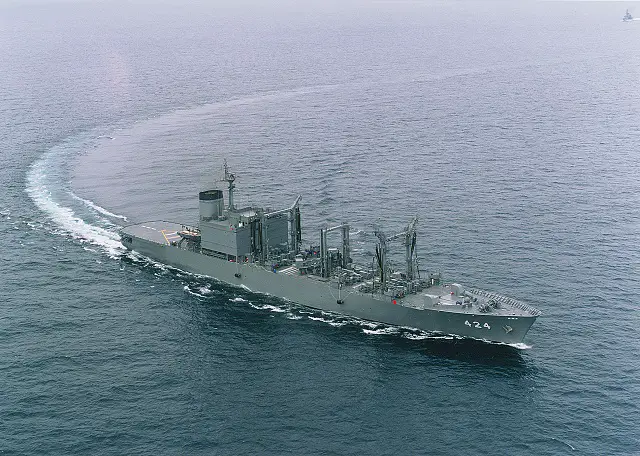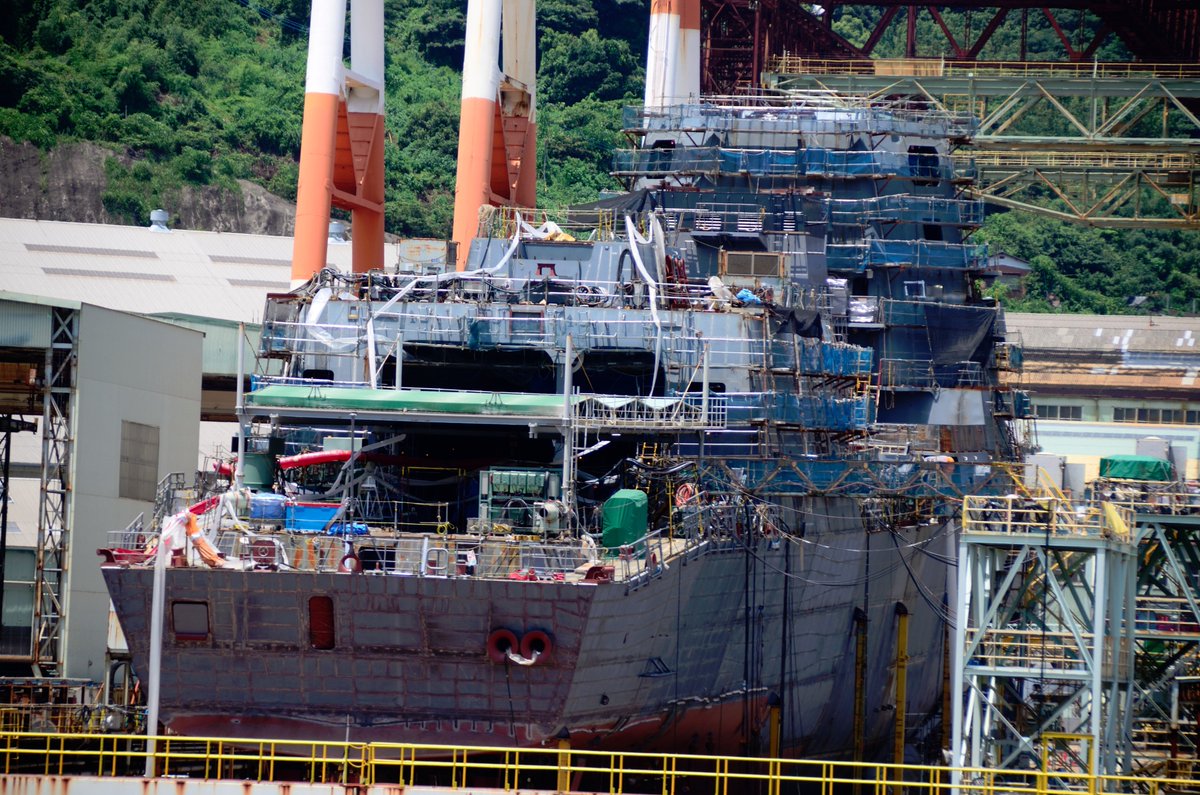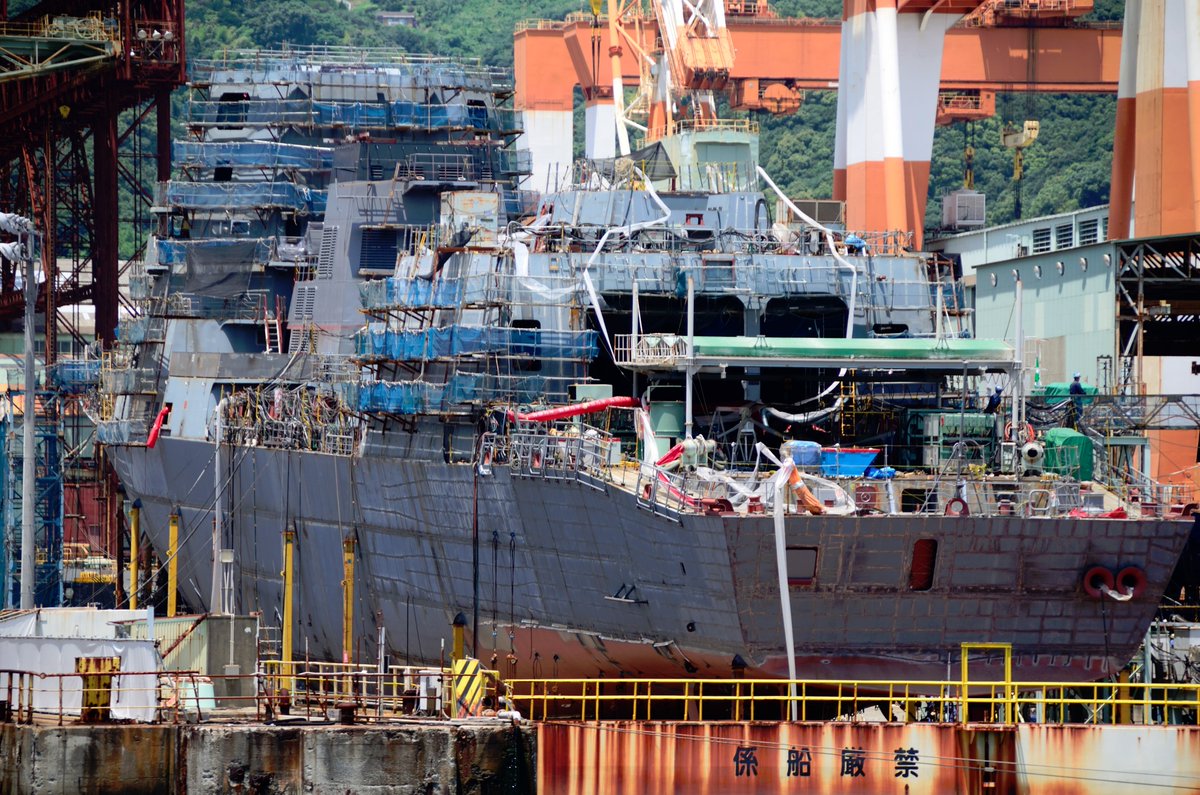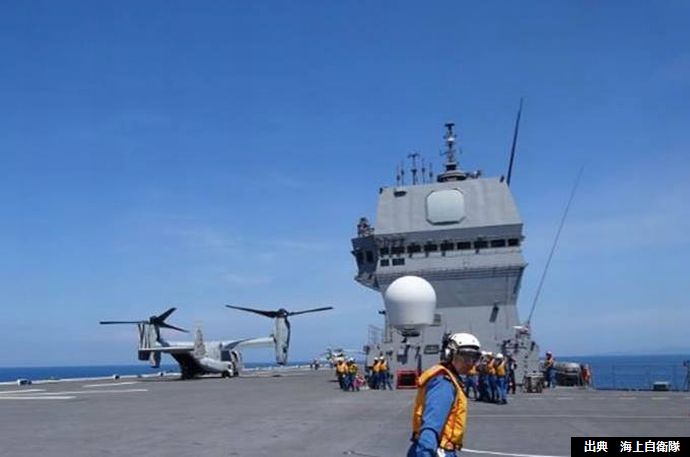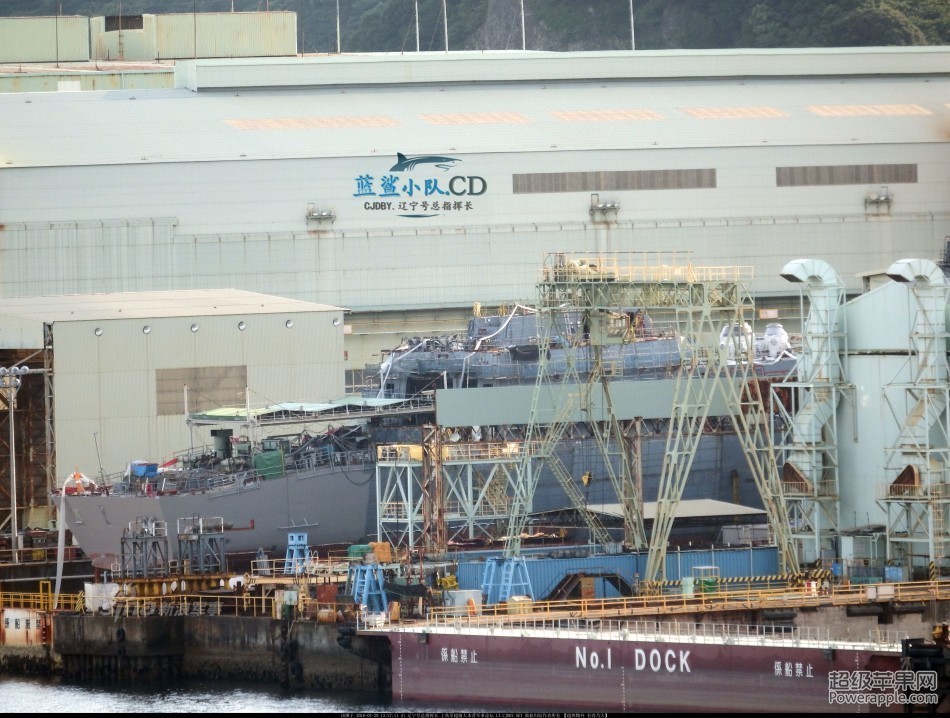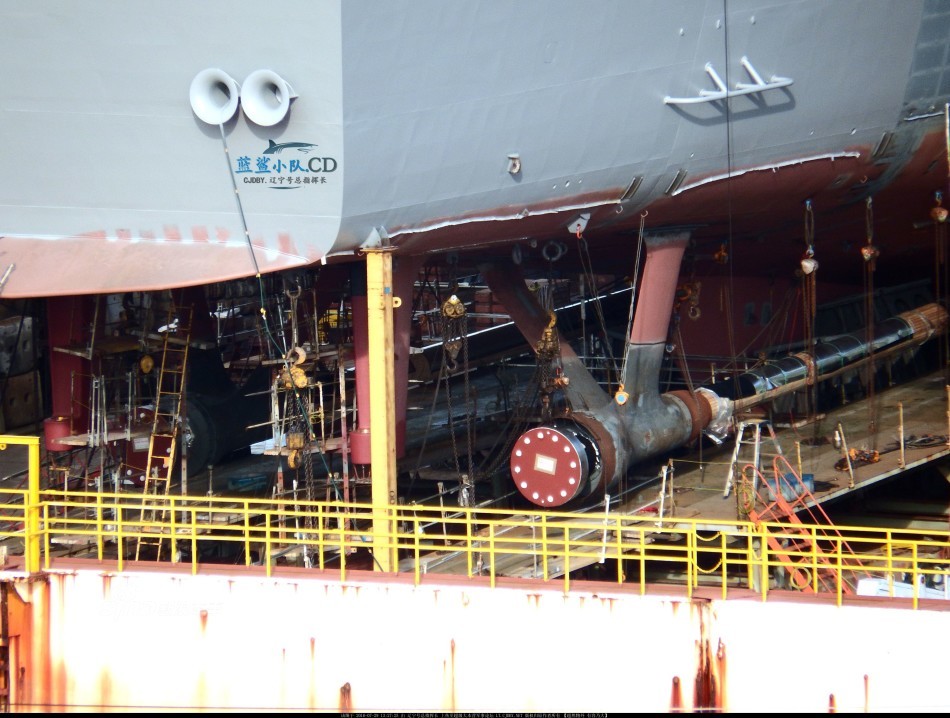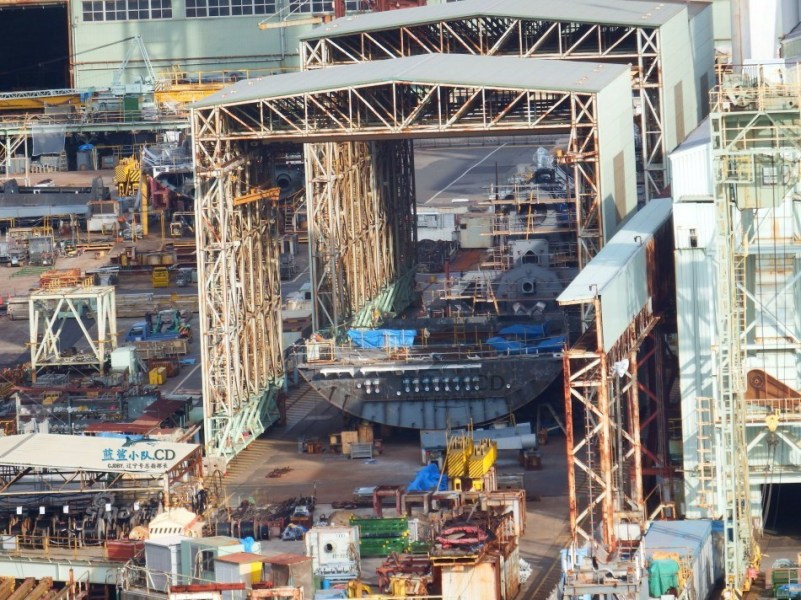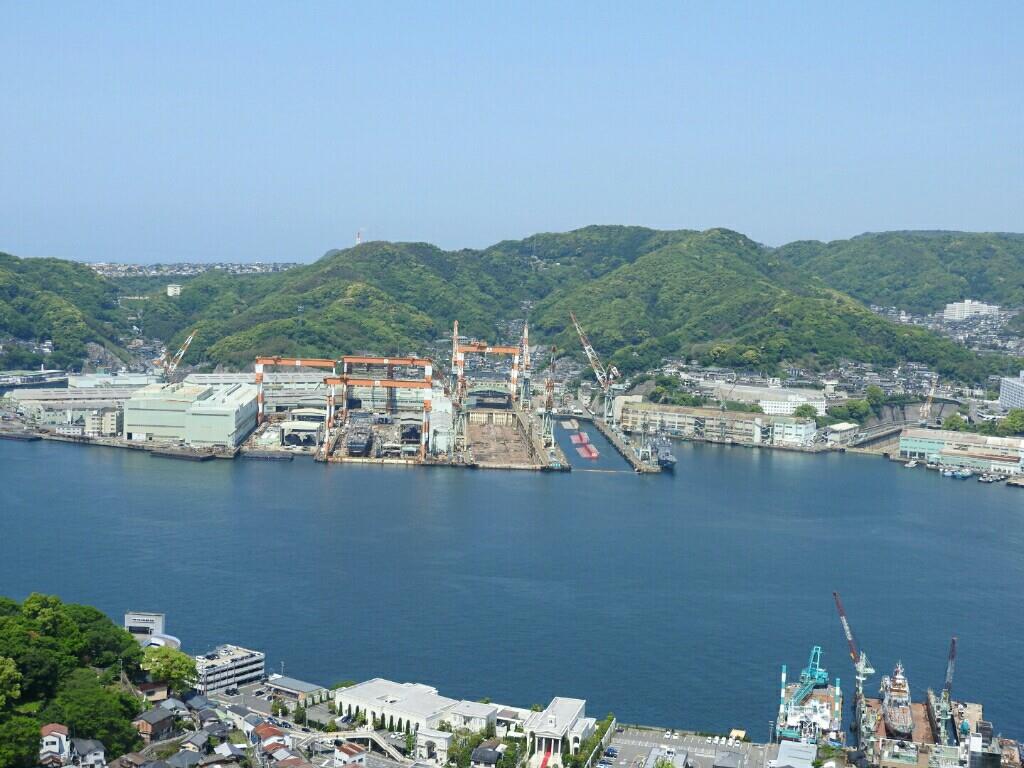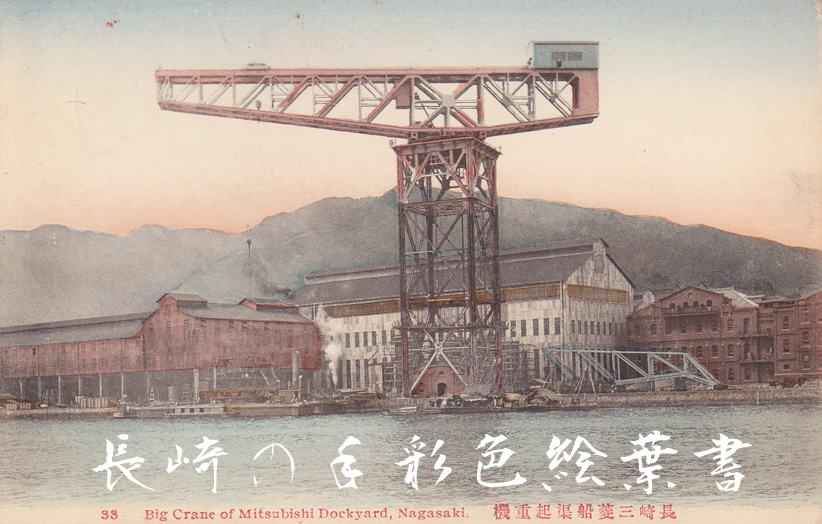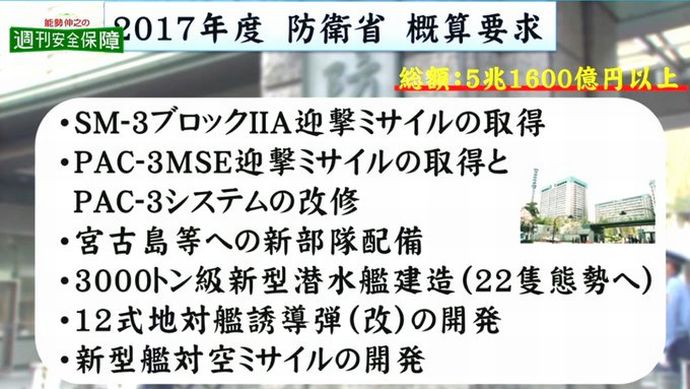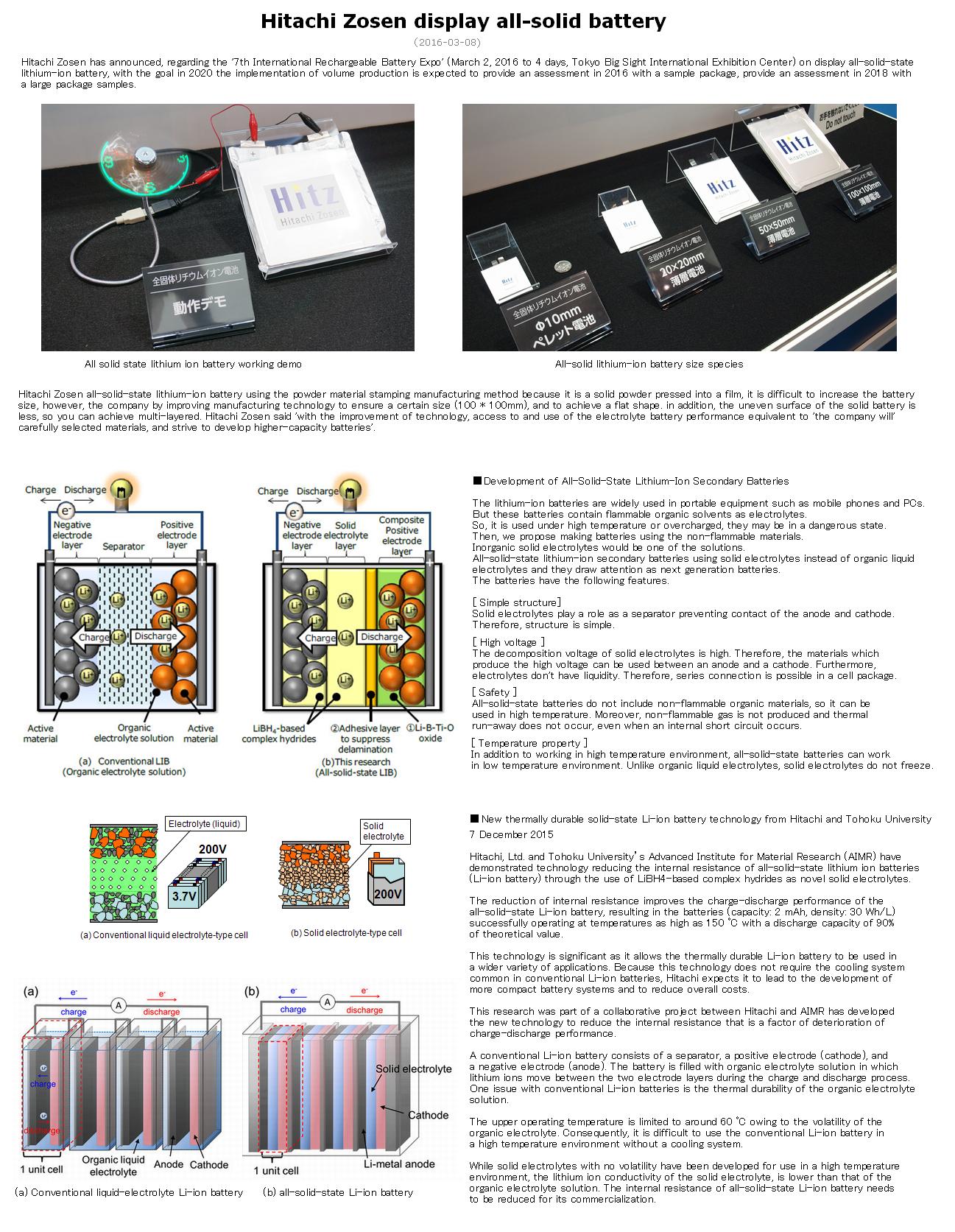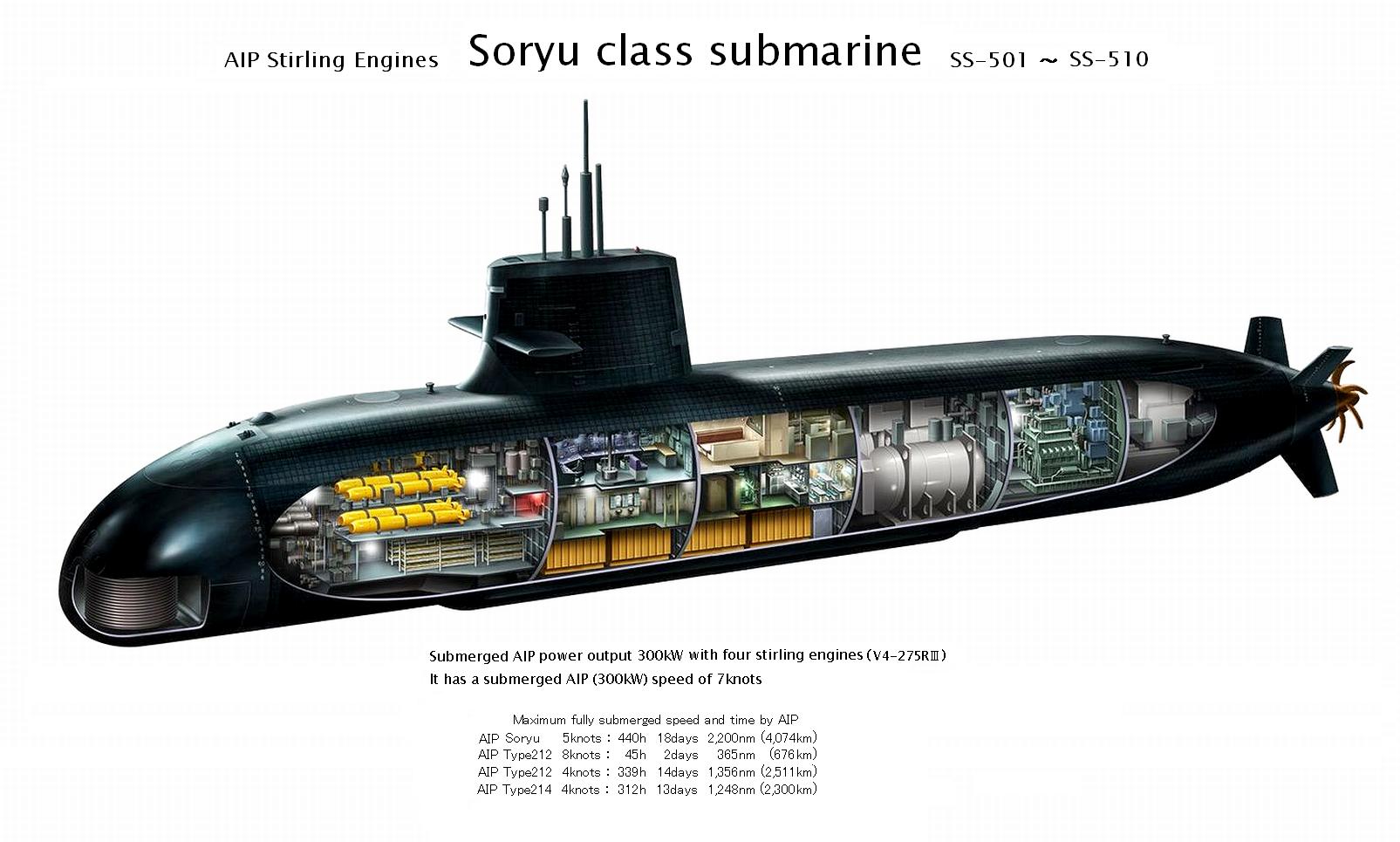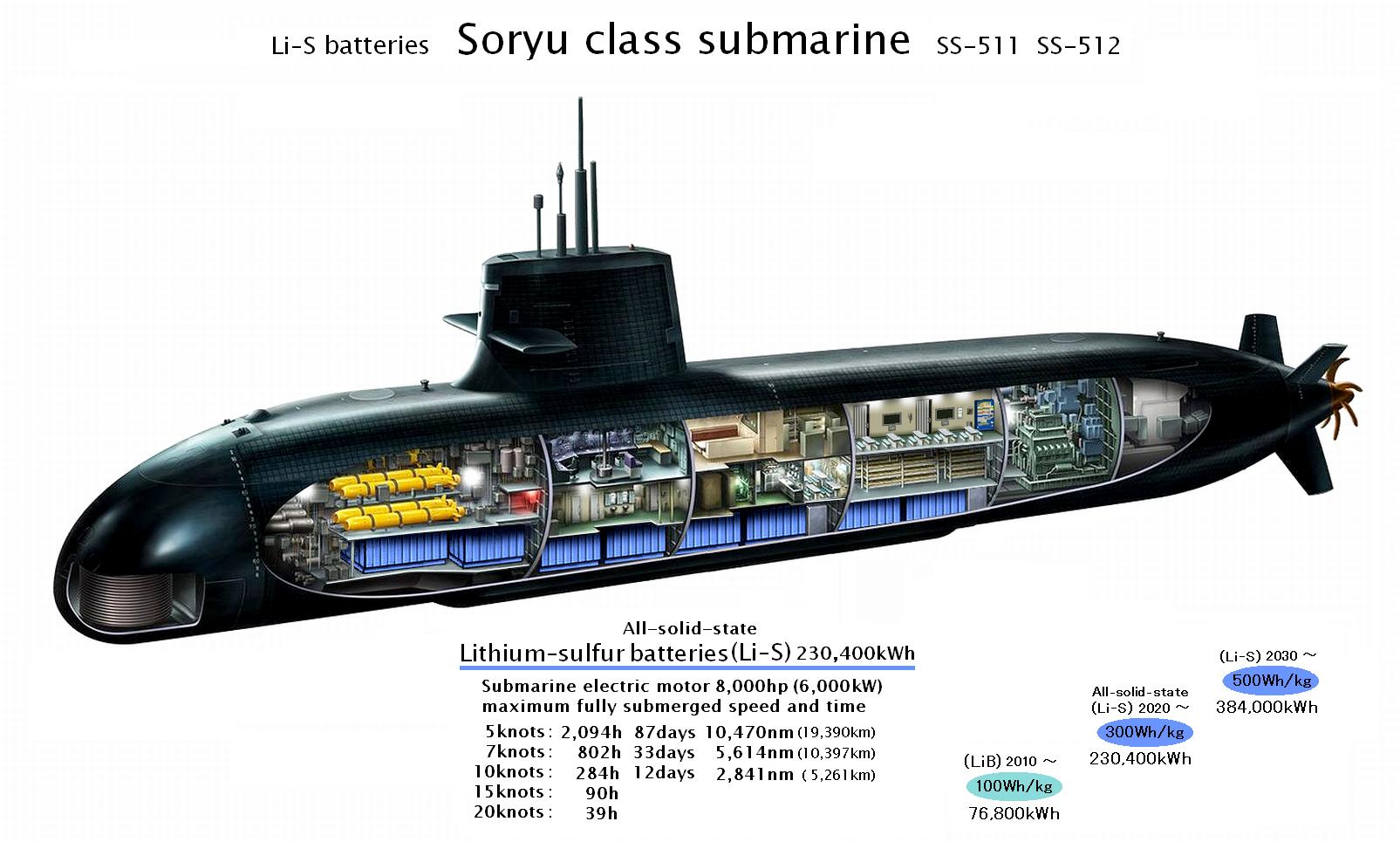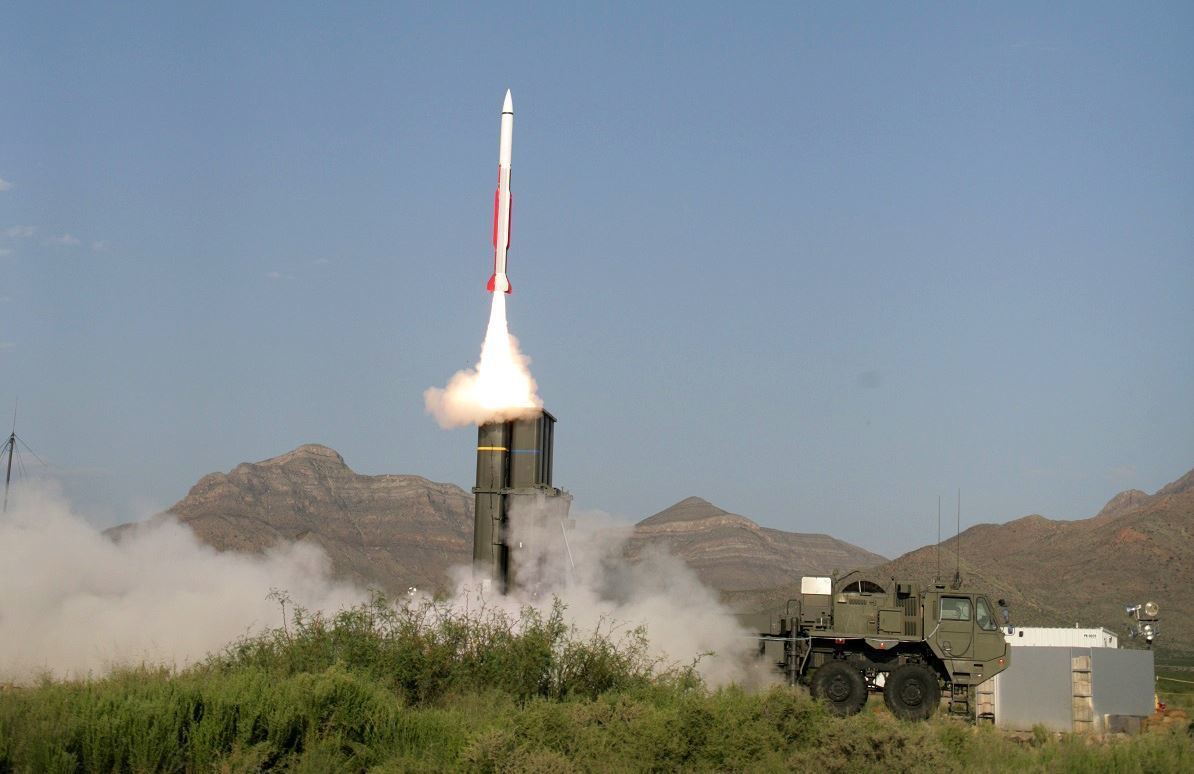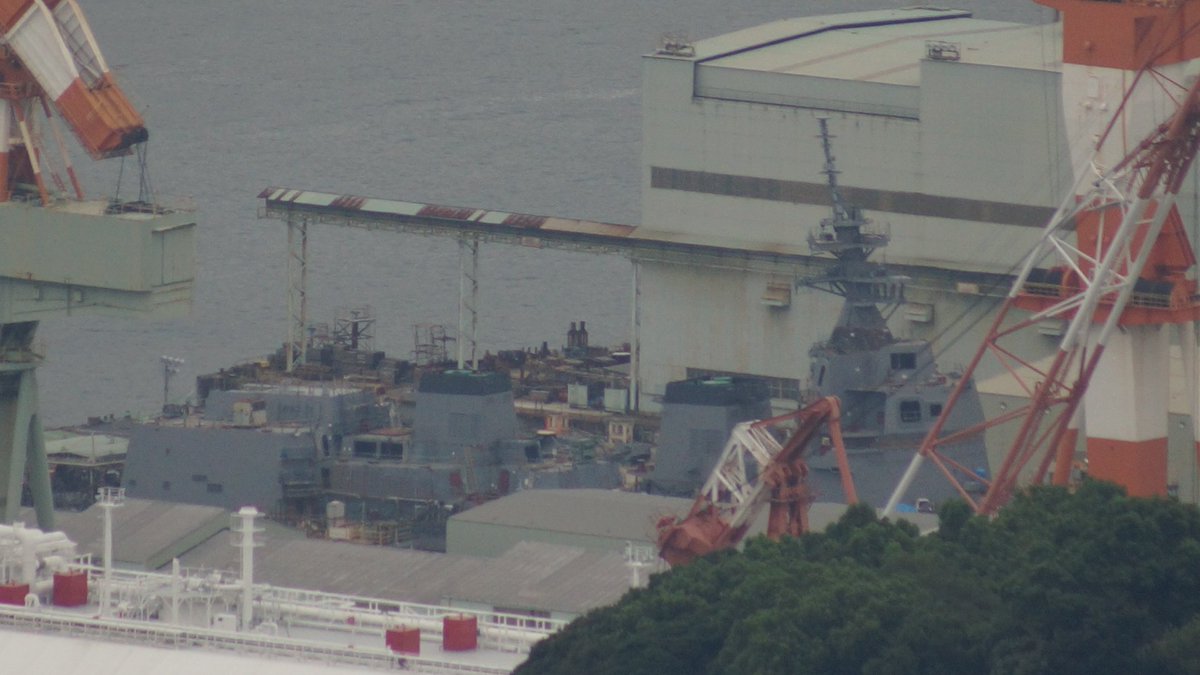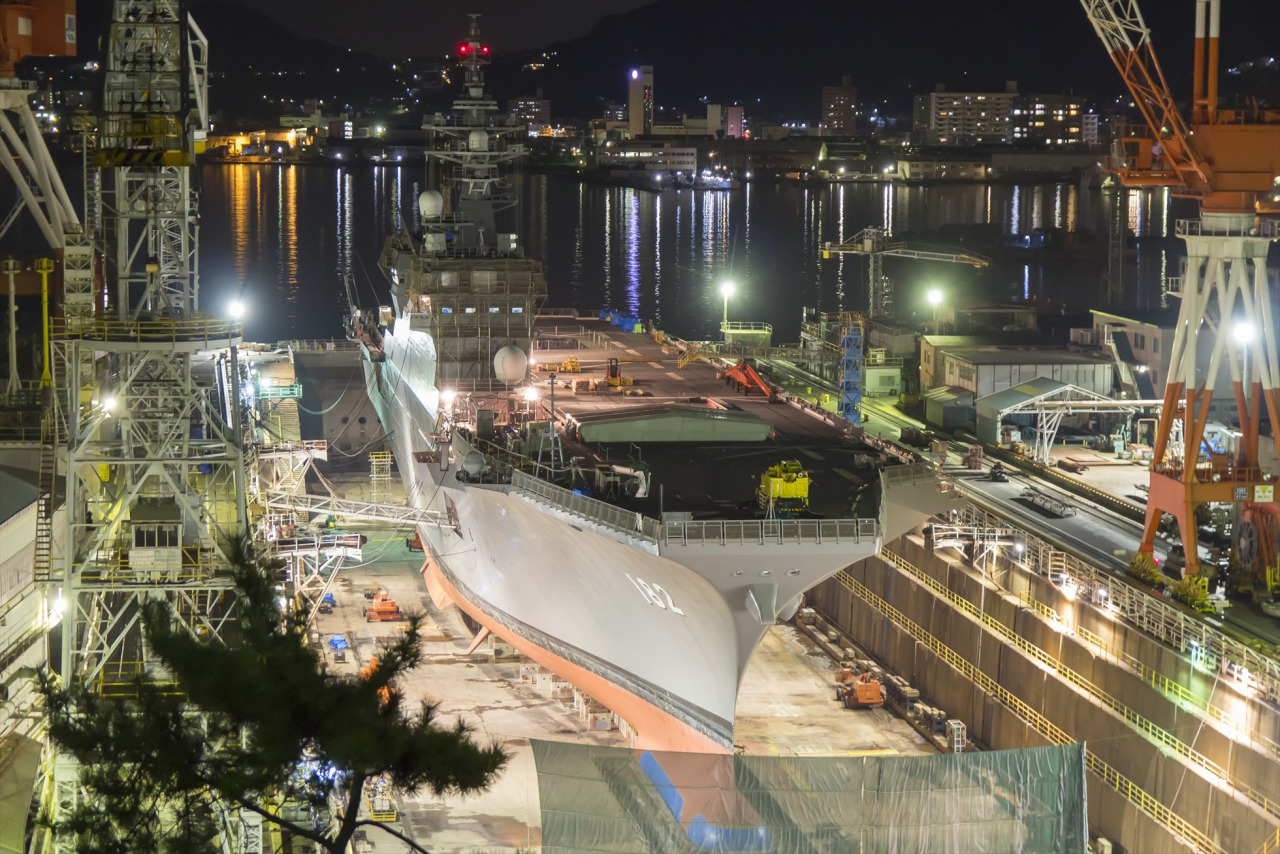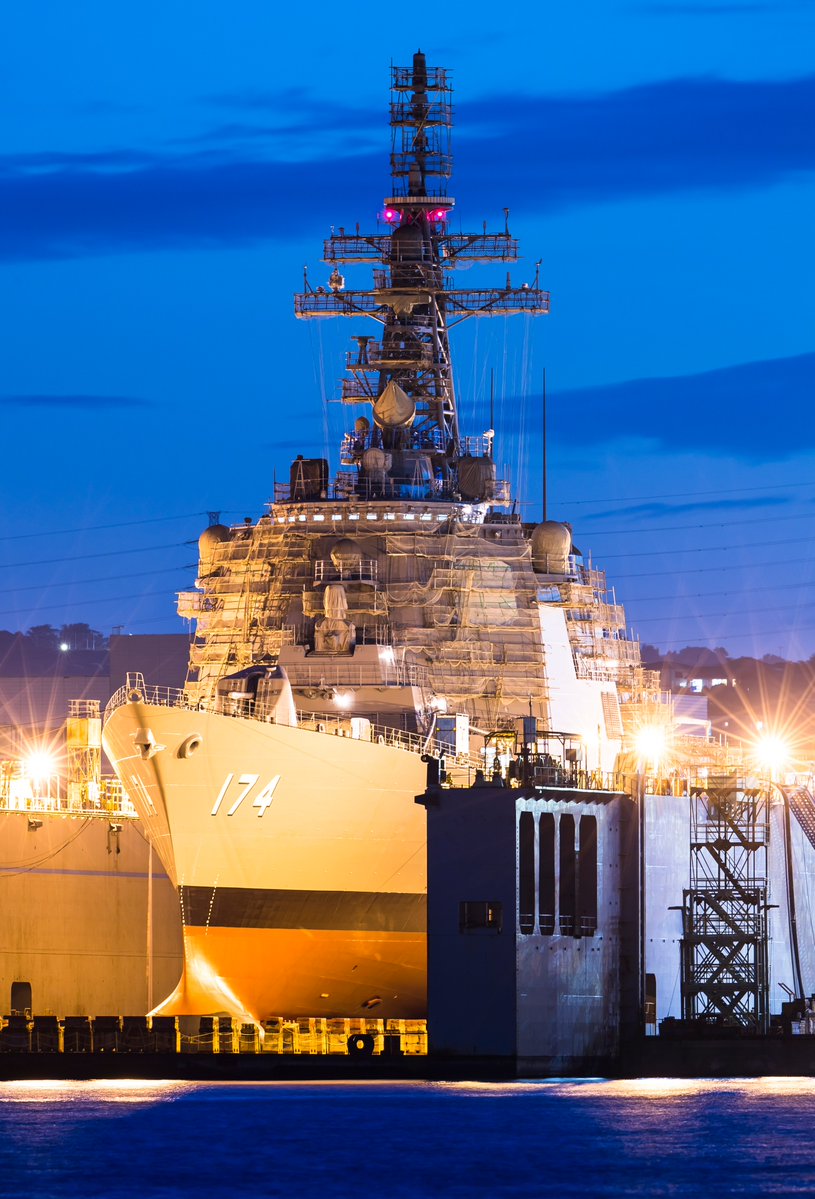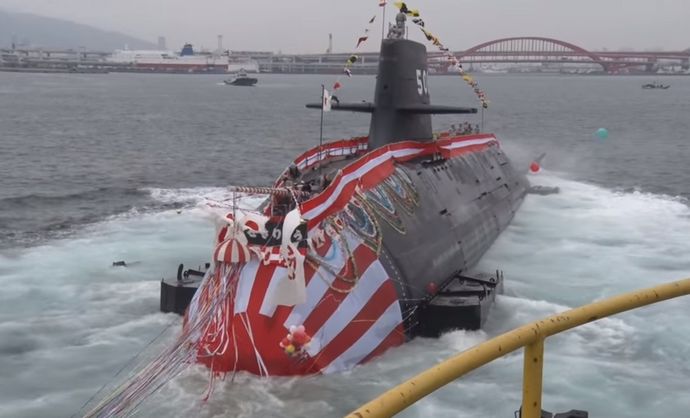JMSDF Aircraft Programmes/Projects
This section provides status overviews by type of programmes involving aircraft that are currently being delivered or projects for which funding is being sought.
Aircraft Programmes
Kawasaki P-1
AgustaWestland MCH-101
Lockheed Martin C-130R Hercules
Airbus Helicopters TH-135
ShinMaywa US-2
Mitsubishi-Sikorsky SH-60K
Fuji T-5
Aircraft Projects
New Patrol Helicopter
Multipurpose Helicopters
The budget system employed by the Japan Ministry of Defense calls for equipment requests for the following fiscal year to be submitted to the government in August and approved in December. The fiscal year runs from April 1 of that year to March 31 of the following year.
For the purposes of longer term planning, the Cabinet approves a five-year Medium-Term Defense Program (MTDP). Passed on December 17, 2013, the current MTDP runs from FY2014 to FY2018.
JMSDF Aircraft Programmes
Kawasaki P-1

The 10th P-1 (the eighth production aircraft, 5510) became the latest example to take to the skies on February 12, 2015.
The total requirement stands at 70 aircraft, with a fleet of 23 foreseen within the time frame of the current MTDP.
As part of its fiscal 2015 request, the JMSDF successfully sought the bulk procurement of no less than 20 P-1 aircraft for a cool 378.1 billion yen. Dispensing with the traditional annual defence contracts, this cost-saving procurement method had already been accepted in the case of other admittedly less expensive SDF programmes, such as for 28 of the JGSDF’s TH-480B training helicopters.
In the case of the P-1, legislation had to be enacted to extend the current five-year limit on long-term contracts.
Offering economies of scale though centralized procurement, the Japan Ministry of Defense is expecting to save around 40.3 billion, or around two billion yen per aircraft, now that the Cabinet has agreed to the proposal. That saving in funding could, for example, cover the ongoing P-3C life extension programme, for which the service had sought to repeat its successful fiscal 2014 request for work to be carried out on three aircraft.
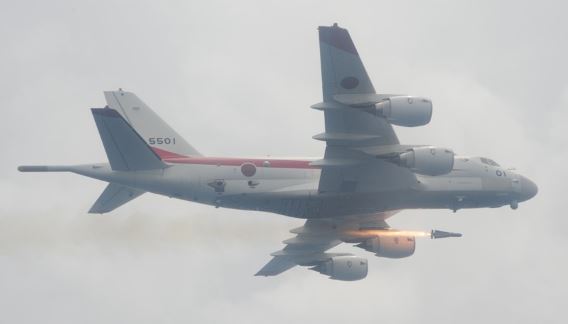
P-1 and MaverickIn June 2012, the first prototype P-1 was utilized during launch trials of the Raytheon AGM-65 Maverick air-to-ground missile. (Photo: Japan Ministry of Defense/TRDI)
On February 6, 2015, two P-1s arrived at U.S. Marine Corps Air Station Kaneohe Bay, Hawaii, for the test launching and evaluation of Boeing AGM-84 Harpoon anti-ship missiles that took place three days later. Having departed on February 11, the aircraft routed back via an overnight stop at Andersen AFB, Guam, on this the type’s first overseas visit.
On the subject of long-distance flights, the P-1 became the first aircraft with Japanese engines to circumnavigate the globe in 76 years, since the Asahi Shimbun flight involving the Mitsubishi G3M2 Nippon in 1939.
Two 51st Fleet Air Squadron aircraft and 40 unit personnel led by Commander Kazutaka Sugimoto, who had been in charge of the Hawaii mission, departed Atsugi on July 10, 2015, supported by a JASDF KC-767. The JMSDF’s debut was one of the highlights of the Royal International Air Tattoo at Fairford in England July 17–19. Having shown the flag in the UK—for the third time in the case of the JASDF KC-767, having participated in 2012 and 2014—with an optimistic eye toward potential overseas sales, the detachment then moved on to bolster the JMSDF presence in Djibouti for operational trials in hot weather and desert conditions, returning to Atsugi on July 25.
Returning to the P-1’s missile-carrying capabilities, the May 8, 2015, edition of Aviation Week & Space Technology reported that the Japan Ministry of Defense had requested KHI to look into a stretched version of the type serving as a launch platform for a battery of extended-range air-to-air missiles. The company was due to have submitted the findings of its two-month, low-key study in March 2015. Such an aircraft could also stem from the development of an airborne-early warning and control (AEW&C) variant, which is under consideration.
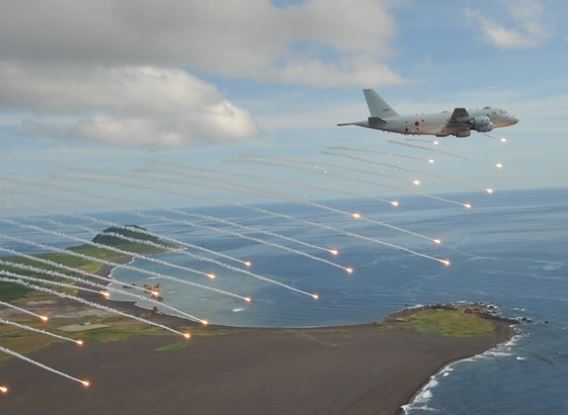
P-1 and flares (Photo: Japan Ministry of Defense/TRDI)
Kawasaki P-1 Budget Requests/Procurement by Fiscal Year
FY2010 1/1
FY2011 3/3
FY2012 =
FY2013 2/2
FY2014 3/3
FY2015 20/20
Total 29
Lockheed Martin C-130R Hercules
Under a foreign military sales (FMS) contract with the U.S. Navy, the JMSDF is acquiring six aircraft of this type to both replace the last of its YS-11s and significantly boost its airlift capability.
All former U.S. Marine Corps KC-130Rs, the aircraft will be making a return to Japan, where they once saw service with VMGR-152 at MCAS Iwakuni. The contract also covers the supply of 30 overhauled T56-A-16 engines. Classroom training courses for flight and maintenance personnel were provided by CAE in Tampa, Florida.
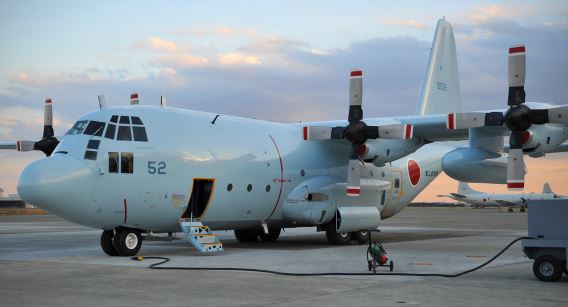
C-130R 9052The first C-130R to arrive in Japan, 9052 was built in 1975 and, after refurbishment, initially assigned to the 51st Fleet Air Squadron at Atsugi. (Photo: Japan Ministry of Defense)
The aircraft were taken from the Aerospace Maintenance and Regeneration Group (AMARG) facility at Davis-Monthan AB, near Tucson in Arizona, where they have been in storage since the mid-2000s. Involving structural enhancements and corrosion repair as well as the installation of glass cockpits, the modification and upgrade work—undertaken at the Ogden Air Logistics Complex (OO-ALC) at Hill AFB, Utah, commencing in February 2013—was originally expected to take up to a year to complete and result in the first C-130R arriving in Japan in March 2014. The schedule slipped somewhat, as flight training only commenced on the first aircraft (9051, ex-160015, bearing the “51” tail code of the Atsugi-based 51st Fleet Air Squadron) at Davis-Monthan in mid-June 2014. Noted at NAS Patuxent River in Maryland two months later, the second aircraft (51:9052) was the first to arrive at Atsugi, on November 14, 2014, and was followed by the third aircraft late that same month. The second aircraft has already had its tail unit code changed from “51” to “61”, that of the JMSDF’s transport 61st Fleet Air Squadron that formerly operated the YS-11.
Identifiable by a black blade antenna fitted above its cockpit, the fourth C-130R arrived at Atsugi at the end of its ferry flight on March 4, 2015.
ShinMaywa US-2
The first prototype of what was then the US-1AKai (9901) rescue amphibian took off for the first time on December 18, 2003; its first runway takeoff took place on February 19 the following year.
Out of financial necessity, US-2 funding since then can best be described as sporadic. Following the two prototypes, a fourth production aircraft was authorized under fiscal 2013 funding and is due for delivery before the end of fiscal 2015, in March 2016.
ShinMaywa US-2 Delivery Dates
9901 Mar. 24, 2004
9902 Jan. 8, 2005
9903 Feb. 19, 2009
9904 Feb. 15, 2010
9905 Mar. 27, 2012
9906 Mar. 2016

US-2 (JMSDF) (Photo: JMSDF)
On the operational front, the US-2 has ably extended the capabilities of its US-1A predecessor, only two of which remain in service. That both types have more than proved their value was demonstrated on July 8, 2014, when the 71st Air Squadron achieved the milestone of completing its 1,000th mission since the unit’s formation in 1976.
The US-2’s unblemished track record was marred on the afternoon of April 28, 2015, when the fifth aircraft built (the third production aircraft) was involved in an accident around 22 nautical miles (40km) northeast of Cape Ashizuri, off Kochi Prefecture. Fortunately, all 19 crew members on board were able to board life rafts and were rescued; of those, only five had suffered minor injuries.
During a training exercise involving sea landings, the aircraft had alighted on the water but reportedly been engulfed by a wave powerful enough to break off the starboard wing float and the No. 4 engine. The instability caused the aircraft to plunge nose first into the sea and end up tail high in the water, as can be seen in a Japanese TV news report [link], finally sinking around midday on May 1. In the aftermath of the crash, vessels were deployed to monitor the area for fuel leaks.
All those on board the life rafts were rescued by a passing tanker, from which they were transferred to the Tosatsubaki, a small Japan Coast Guard patrol craft, and then to the JMSDF destroyer Kirisame. They arrived back at their Iwakuni home base aboard an MCH-101 helicopter at around 8:30 p.m., roughly five and a half hours after the accident.
The event prompted the immediate grounding of all US-2s, rescue cover being provided by the last two US-1As in service. The aircraft was subsequently salvaged by a civilian contractor, while the cause of the incident remained the subject of an official board of inquiry.
The Japan Ministry of Defense announced on December 18, 2015, that a US-2 was to be procured under the fiscal 2015 supplementary budget as part of additional funding earmarked to provide enhanced cover for disaster relief.
Fuji T-5

T-5 (JMSDF)(Photo: JMSDF)
June 28, 2014, marked the 30th anniversary of the maiden flight of the T-5 prototype. The latest known addition, the 66th example built, was being flight tested in mid-March 2015. Save for any small repeat orders to replace high-hour examples, 28 of which have already been retired, the type will be coming to the end of production after the final three, ordered in fiscal 2013, are delivered this year (2015). About a third of the total run of 67, 21 aircraft, were procured between the fiscal 2009 and fiscal 2013 budgets alone; none have been sought since then.
AgustaWestland MCH-101
Six of the minesweeping MCH-101 variant of the AgustaWestand AW101 are currently in JMSDF service. Of a total requirement for 14, funding has been provided for 10 aircraft, spread over eight years from fiscal 2003.
2003 1
2004 1
2008 3
2011 2
2012 1+2
Total 10
The first example was flown for the first time at the AgustaWestland factory at Yeovilton in England on February 15, 2005, arrived at the Gifu plant of Japanese prime contractor Kawasaki Heavy Industries (KHI) three months later and was delivered in March 2006. A second UK-supplied example arrived in March 2007.
Like the two CH-101s acquired for operations aboard the Antarctic research vessel Shirase, all subsequent MCH-101s have been manufactured under licence by KHI. The eighth example was being flight tested in mid-November 2015.

JMSDF MCH-101 (AW)While the pilot maintains the aircraft in the hover, an AN/AQS-24A airborne mine hunting system is deployed from the rear of the JMSDF’s sixth MCH-101. Northrop Grumman publicity materials describe the AN/AQS-24A as the only operationally proven, high-speed airborne mine hunting system in the world. (Photo: AgustaWestland)
Handed over to the JMSDF at Gifu on February 27, 2015, the sixth MCH-101 is the first equipped with the Northrop Grumman AN/AQS-24A airborne mine hunting system and the Northrop Grumman AN/AES-1 Airborne Laser Mine Detection System (ALMDS), which together provide mine-detection capability from the surface to the seabed. Seen testing the standard Mk 104 minesweeping rig fitted to JMSDF MH-53Es in January, the aircraft is currently being utilized by the 51st Fleet Air Squadron trials unit at Atsugi prior to the system’s service entry in 2016.
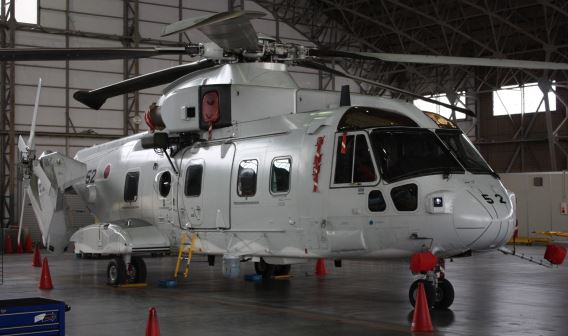
MCH-101 hangarIn contrast, a 111th Fleet Air Squadron MCH-101 seen resting in the maintenance hangar at Iwakuni in September 2012.

CH-101 Kobe 110924Displayed on the deck of the Antarctic survey vessel Shirase when on a visit to Kobe in September 2011, the second CH-101 entered service in June 2009. The first CH-101 had entered service in September 2007, and a yet to be delivered third aircraft was ordered in the fiscal 2012 budget.
(Photo: OpenCage via Wikimedia Commons)
Airbus Helicopters TH-135 (Eurocopter EC135T2+)

TH-135 (JMSDF) (Photo: JMSDF)
The first example of this type was delivered in December 2009, the 13th and currently last in early December 2014. This type has been utilized for the training of rotary-wing pilots since November 2011 and for an instrument flying training course since April 2012. No request was made for additional aircraft under the FY2015 budget, but Airbus Helicopters Japan surprisingly announced that two additional aircraft, the 14th and 15th examples, were delivered on December 15, 2015. One was presumably acquired as a replacement for the Hughes OH-6DA involved in a tragic accident while on a training flight on February 12, 2015.
2009 3
2010 3
2011 2
2013 3
2014 2
2015 -
Total 13

Final JMSDF TH-135Staff at the Kobe base of Airbus Helicopters Japan bid farewell to the 15th and final TH-135.
(Photo: Airbus Helicopters Japan/Koichi Nakagawa)
Mitsubishi-Sikorsky SH-60K

The first of the two prototypes of what was to become the SH-60K made its maiden flight on March 27, 2001.
The type entered squadron service in August 2005, and the 45th aircraft of the 74 confirmed orders for production aircraft flew for the first time in January 2016. The three aircraft purchased under the fiscal 2012 supplemenatry budget (8449-8451) are all due to be delivered by the end of March 2016. A fiscal 2015 request for an additional five was whittled down to just two helicopters, but a bulk order for 17 under fiscal 2016 funding already exceeds by two the FY2014–2018 MTDP provision for 23 helicopters.
As an ongoing stop-gap measure, funding is also being made available to cover an SH-60J service life extension programme; work on two of the earlier variant was factored in to the fiscal 2016 budget.
Mitsubishi-Sikorsky SH-60K Procurement by Fiscal Year
2002 7
2003 7
2004 7
2005 7
2006 3
2007 5
2008 -
2009 2
2010 3
2011 3
2012 4+3
2014 4
2015 2
2016 17
Total 74
JMSDF Aircraft Projects
New Patrol Helicopter
While continuing to place orders for the SH-60K and requesting funds to extend the service lives of small numbers of SH-60J helicopters, the JMSDF also received 7.0 billion yen of fiscal 2015 funding with which to conduct R&D into a new patrol helicopter.
The Japan Ministry of Defense website stated that the requirement calls for the helicopter to be able to hunt for submarines around Japan, even in shallow waters, in concert with other aircraft. The basic design was to be completed by fiscal 2017, and a prototype scheduled to undergo flight testing in the early 2020s.
On November 20, 2015, a 6.9 billion yen contract was signed between the Ministry of Defense and Mitsubishi Heavy Industries for the building of a prototype, based on the SH-60K, to be delivered in February 2018.
Multipurpose Helicopters
The UH-60J rescue helicopter became a common sight at JMSDF bases as the type gradually entered widespread service from the early 1990s. Initially delivered for test purposes on December 9, 1991, the first example of 19 was officially retired at a ceremony held on May 30, 2014.
During the current MTDP, the SDF is to make a start on an organizational reform under which the land-based aerial SAR role will ultimately be integrated and brought solely under JASDF control. The MTDP thus specifies that the nine multipurpose helicopters to be acquired by the JMSDF are intended to be ship-based, providing rescue and logistic support in keeping with the naval fleet’s expanding operational remit.
Presumably, this requirement will likely result in additional orders for either SH-60K or Kawasaki-built AgustaWestland CH-101 helicopters.

